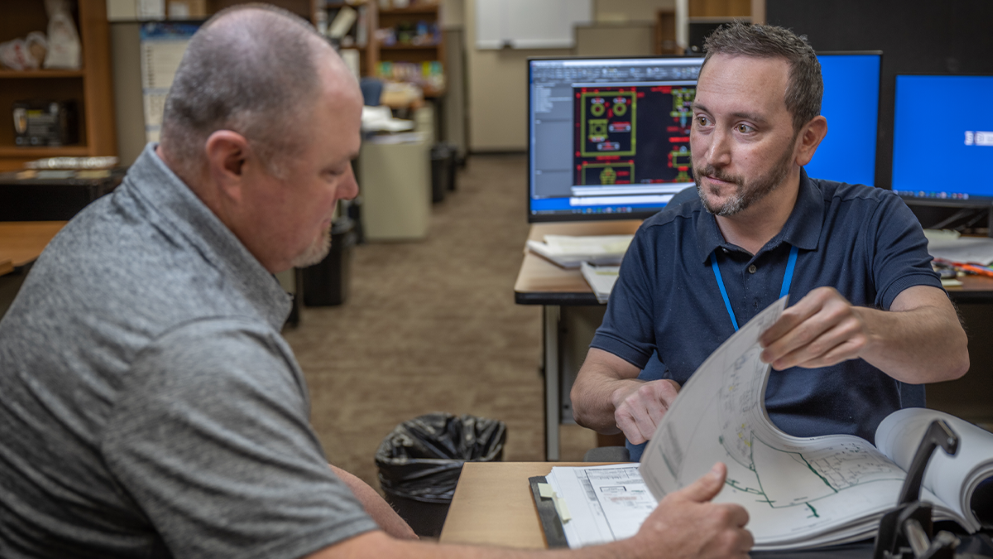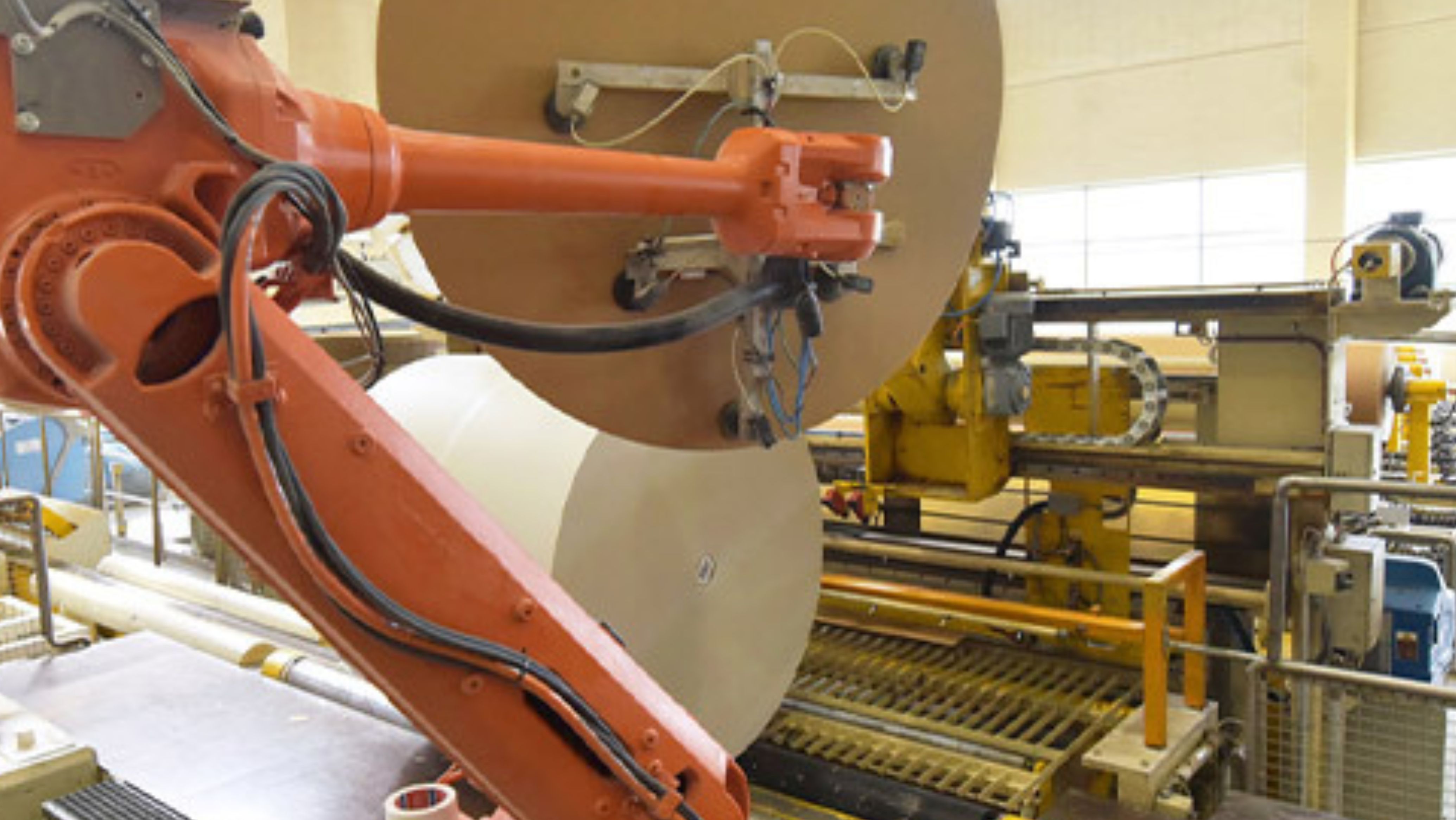Achieving project success requires early alignment among project stakeholders. Alignment ensures a shared goal, a comprehensive understanding of the project scope, and effective execution planning. CII’s (Construction Industry Institute) best practice research indicates that projects that demonstrate team alignment during the early phases of a project deliver cost performance 6.5% below budget. Projects that fail to communicate a project’s business objectives and individual team member roles in delivering on those objectives underperform by an average of 3.3% on cost and 24.5% on schedule. Open dialogue and timely engagement between project owners and engineering, procurement, and construction (EPC) partners statistically increases the likelihood of a positive and predictable project outcome. Let's explore the importance of alignment and how it can greatly improve project success.
What’s the cornerstone of project success?
Early alignment ensures that all parties understand the project's end goal and can develop an execution plan working backward from there. This eliminates misunderstandings and frustrations that can arise from differing interpretations of success.
Part of that alignment means having a clear scope in place. This includes defining the project scope, establishing responsibilities, and all parties allocating resources appropriately. With a well-defined scope, it becomes easier to identify potential risks and collaborate on mitigation strategies. Moreover, it ensures that everyone involved understands their roles and interfaces, reducing the chances of missed scope or miscommunication.
Alignment must be maintained throughout the project's life cycle, ensuring clarity of scope, risk, schedule, and price at each phase. Changes in one aspect affect the others, making risk allocation, particularly in project funding, a critical consideration. It should be a priority to identify project risks and determine the most appropriate party to manage them.
Recently, a customer engaged S&B in an early phase for an energy transition project. By achieving early alignment on a collaborative approach to risk allocation, we were able to offer a clear execution strategy which reduced the project price. The customer then invested the project savings into another project, employing S&B for early development. It’s a win-win scenario for all parties.
Role of transparency
Project stakeholders need to define the level of transparency required for each project. Transparency should be contextual and tailored to the needs of the project and the stakeholders involved. While complete transparency may not always be the best approach, sharing appropriate project information, funding constraints, and timelines openly among stakeholders can lead to better outcomes. For instance, a customer's incomplete sharing of funding schedules and constraints resulted in a project delay that could have been avoided through more open conversation and effective issue management. Delays in project funding can impact continuity of staff supporting the project and disrupt the alignment already achieved.
Continued communications
Aligning stakeholders and overcoming challenges requires ongoing engagement and open communication at all levels of project organizations. Regular discussions, both during pre-planning and throughout project execution, help address issues and ensure everyone is on the same page. Engaging in frequent talks at different levels, including discipline, project, and leadership, helps establish and reinforce alignment and coordination. For example, monthly or quarterly executive steering team meetings enable leadership to make informed decisions and provide guidance aligned with project goals. At S&B, we frequently check in and ask our customers, project teams and suppliers, “Are we heading in the right direction? What barriers need to be removed to ensure continued alignment?”
Power of the EPC partnership
A strong partnership between customers and EPC firms leads to better alignment and allows the project team to anticipate challenges, make timely adjustments, and meet the customer's evolving needs. Alignment removes the guesswork and frustration, enabling parties to work together toward a shared vision. Moreover, it creates a long-term growth strategy where successful projects drive future opportunities for both the customer and the contractor.
Another great example of where early alignment yields positive impacts is when you are evaluating modular solutions for your project. At S&B we bring our module fabricators in early on the project to provide guidance on fabrication lead times, production capacities, and delivery schedules. This insight allows for a robust evaluation of the execution strategies and risk factors to determine the appropriate extent of modularization for your project. You can read more about our approach to modularization here.
S&B's commitment to early alignment
By aligning goals, resources, and expectations, projects progress smoothly, risks are effectively mitigated, and desired outcomes are delivered. Seeking early and consistent alignment increases the probability of achieving predictable project outcomes. Collaboration, clear communication, effective risk allocation, scope clarity, and a holistic understanding of price and schedule dynamics are vital to success. Seek alignment. Seek it early. Seek it often. The positive outcomes will follow.
S&B consistently prioritizes early alignment for successful project delivery. Since 2010, S&B has achieved a success rate of 90% on time and 97% on budget for projects exceeding $200 million. Click here to learn more about our integrated approach.




